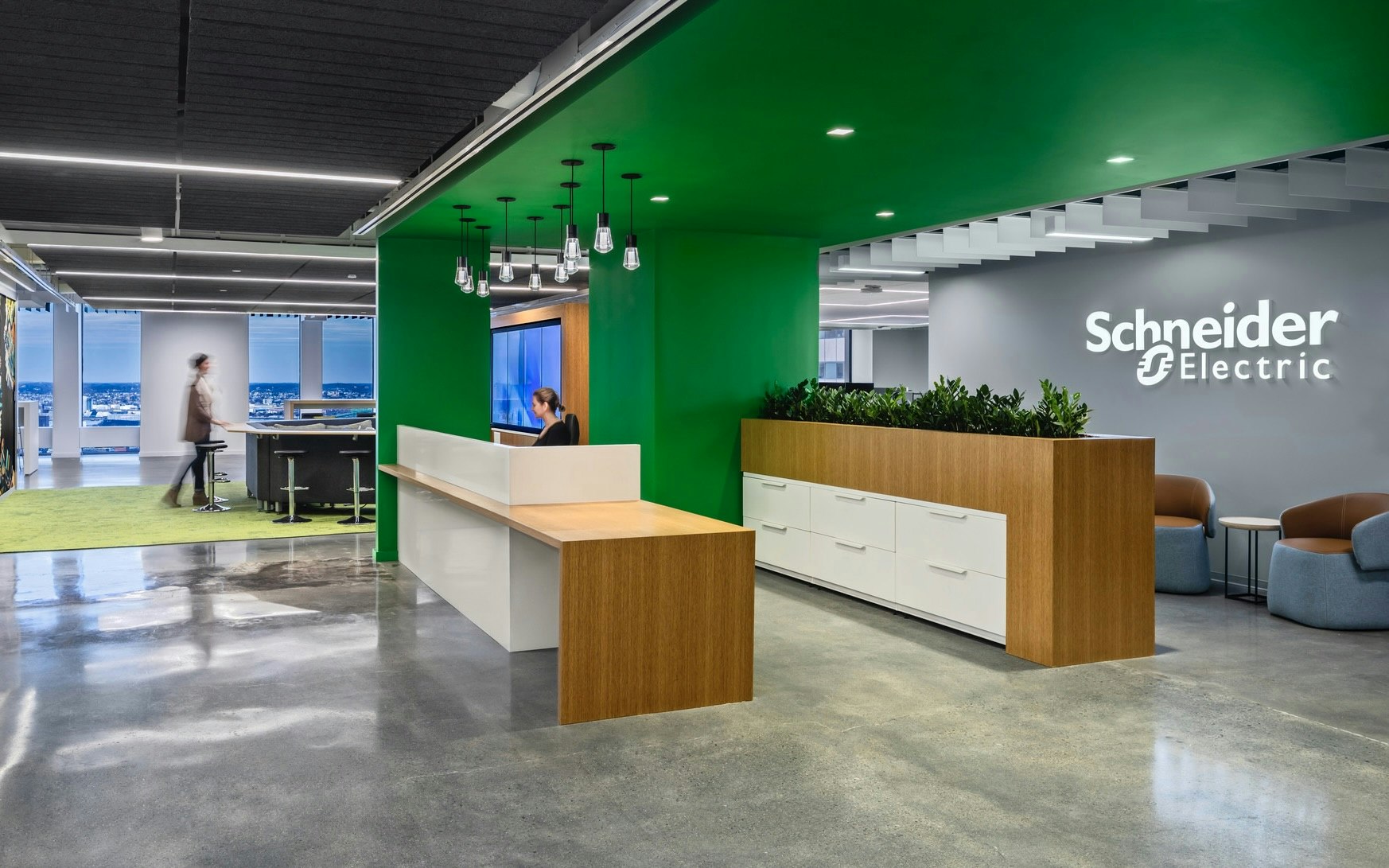Chinese logistics and e-commerce companies are massively expanding their presence in the U.S. warehouse market.
Driven by giants such as Alibaba Group and JD.com as well as rapidly growing discount retailers like Shein and Temu, this expansion is being fueled. These companies are increasingly renting warehouse spaces in key logistics centers near ports in Southern California, New Jersey, and Savannah, Georgia. In New Jersey alone, Chinese logistics firms have rented 5.6 million square feet of warehouse space by the third quarter—nearly three times the amount they rented in the entire year of 2022, according to data from JLL.
Some of these concepts are growing by 25 to 50 percent annually," explains Chris Caton, Managing Director for Global Strategy and Analytics at Prologis. "When growing from online sales of 5 to 10 or 10 to 20 billion US dollars, you need a supply chain that can support that.
Shein, a Singapore-based fast-fashion provider, has opened warehouses in Indiana and California and also utilizes third-party logistics providers in the USA. Temu, the US subsidiary of PDD Holdings, is increasingly integrating American brands and retailers with locally stored inventories into its discount platform.
These investments are taking place in the context of planned regulatory changes that could complicate direct shipping from China to US consumers. In September, the Biden administration announced plans to restrict the use of the "de minimis" rule, which allows packages valued under $800 to be brought into the US duty-free and without customs clearance—a regulation that Chinese e-commerce providers have utilized extensively.
Regardless of the outcome of the US presidential election, both parties are pursuing policies in which tariffs, especially against China, play a role," says Jason Tolliver, Head of Logistics and Industrial Real Estate at Cushman & Wakefield.
For warehouse owners, this development is a glimmer of hope, as the US warehouse market is overall in decline following the pandemic-related demand peak. According to Cushman & Wakefield, the vacancy rate for industrial properties rose to 6.4 percent in the third quarter, compared to 4.6 percent in the previous year and the highest level since the end of 2014.







